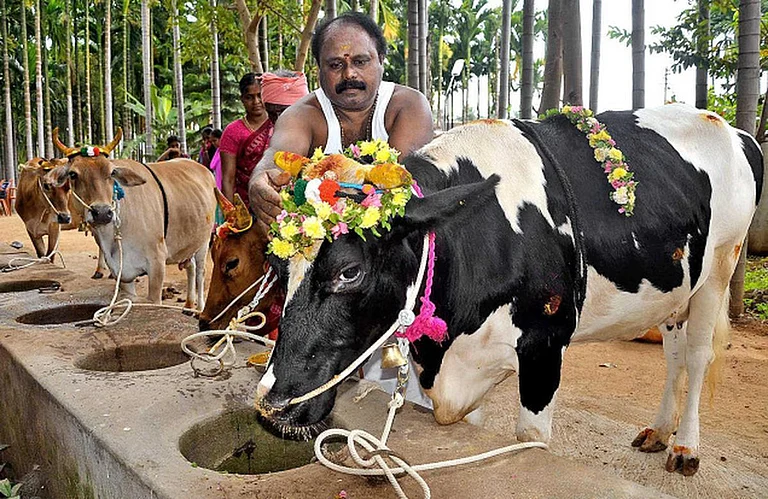Put another way, I'm glad for this book because, as the editor of a natural history magazine myself, it'll certainly help me to quickly find details on aspects of elephant life written by a diversity of observers. But on the whole, I found the manuscript short on original thought and personal experiences (of which the author has many). The manuscript's best described as an annotated bibliography with extracts. If this was the limit of the author's purpose then I have no quarrel with him. The objective has been admirably achieved.
Judging from the title, however, a reader might be forgiven for assuming that the book deals with the natural history of the elephant as it exists today. Though a chart on population and distribution figures has indeed been quoted from Project Elephant, the book is woefully short on contemporary data. Surprisingly, even the works of scientists such as Ajay Desai and Sivaganesan that are quoted are, as often as not, nearly a decade old. Having started on such a venture, I might have expected the author to send out a questionnaire asking for updates from park managers, naturalists and even the scientists whose work he has quoted.
Perhaps I can best illustrate my disappointment by comparing two chapters-Hunting, to which as many as 57 pages have been devoted, and the Conservation and Future of the Indian Elephant, allotted a mere 11 pages. I rather suspect this lopsided emphasis has more to do with the availability of pre-written words, than the author's priorities, for he's known to be a vociferous defender of the Asian elephant. In the limited space devoted to the future of the elephant, however, Daniel has an unerring take on the strategy required to save the species: identify and protect complexes of contiguous national parks and sanctuaries as a Composite Elephant Range-the essential target areas for conservation of the elephant.
How I wish the author had collected hard data, easily available in government files, to show precisely which mega-projects threaten the elephant so as to hammer home this one point forcefully: large-scale development programmes have destroyed the elephants' habitat. I also missed seeing maps showing the manner in which mines, dams, roads, canals, thermal plants, railway lines and urban complexes thwart the objectives of Project Elephant. Similarly, the chapter on Tuskers and Tusks fails to analyse the impact of the Japanese ivory demand, particularly in the mid-'90s.
To conclude, this is a good book. I found myself lost in many narratives from yesteryears that modern writers seem incapable of matching. But with more focus on the current conservation status and strategies to save the elephant that the author is in the know of, the book could've been better.


























